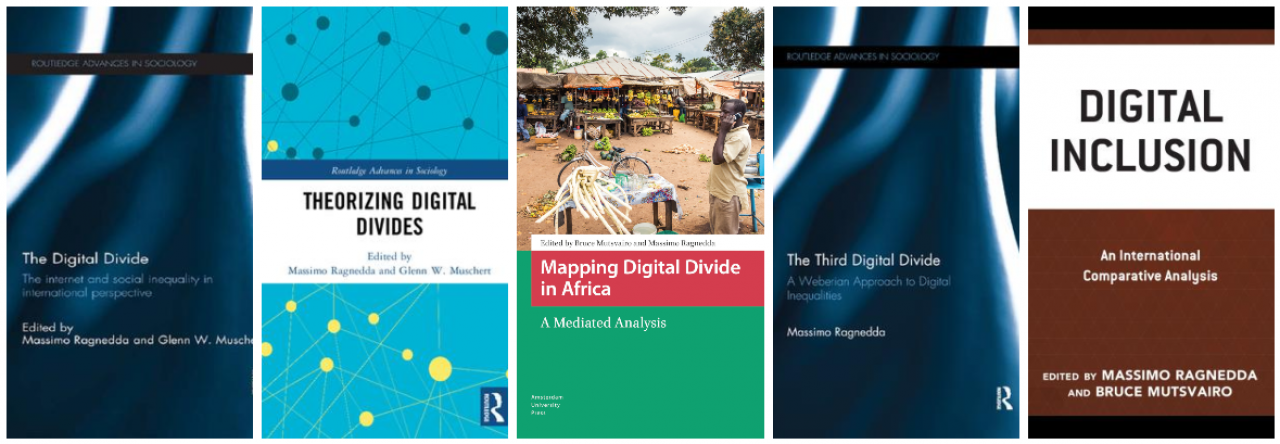Understanding the Rankings
Stanford University’s ranking uses data sourced from the Scopus database, focusing on the most cited scholars in their fields. The evaluation methodology comprises six specific metrics:
- Total Citations (NC): The total number of times a scientist’s work has been cited.
- H-index (H): A measure that reflects both the quantity and quality of a researcher’s published work.
- Hm-index: An adjusted version of the H-index that accounts for the number of authors on a paper.
- Citations to Single-Author Papers (NCS): Citations received by works authored solely by the researcher.
- Citations to Single or First-Author Papers (NCSF): Citations for papers where the researcher is the sole author or the first author.
- Citations to Single, First, or Last-Author Papers (NCSFL): Citations for papers where the researcher is the sole, first, or last author.
These metrics collectively form a c-score that captures both the quantity and quality of a scientist’s contributions over their career.
Selection Criteria and Transparency
Scholars are ranked based on their c-score, which includes both self-citations and independent citations. Moreover, researchers are classified into 22 scientific fields and 174 sub-fields, utilizing the standardized Science-Metrix classification. The metrics track performance over the entire career of a scientist, focusing on their impact to the end of the previous year.
The latest version of these rankings is continuously updated, ensuring transparency and accessibility with standardized metrics available for public review. For more detailed information on the rankings please look here https://topresearcherslist.com/Home/AboutUs
Pagine: 12

Lascia un commento